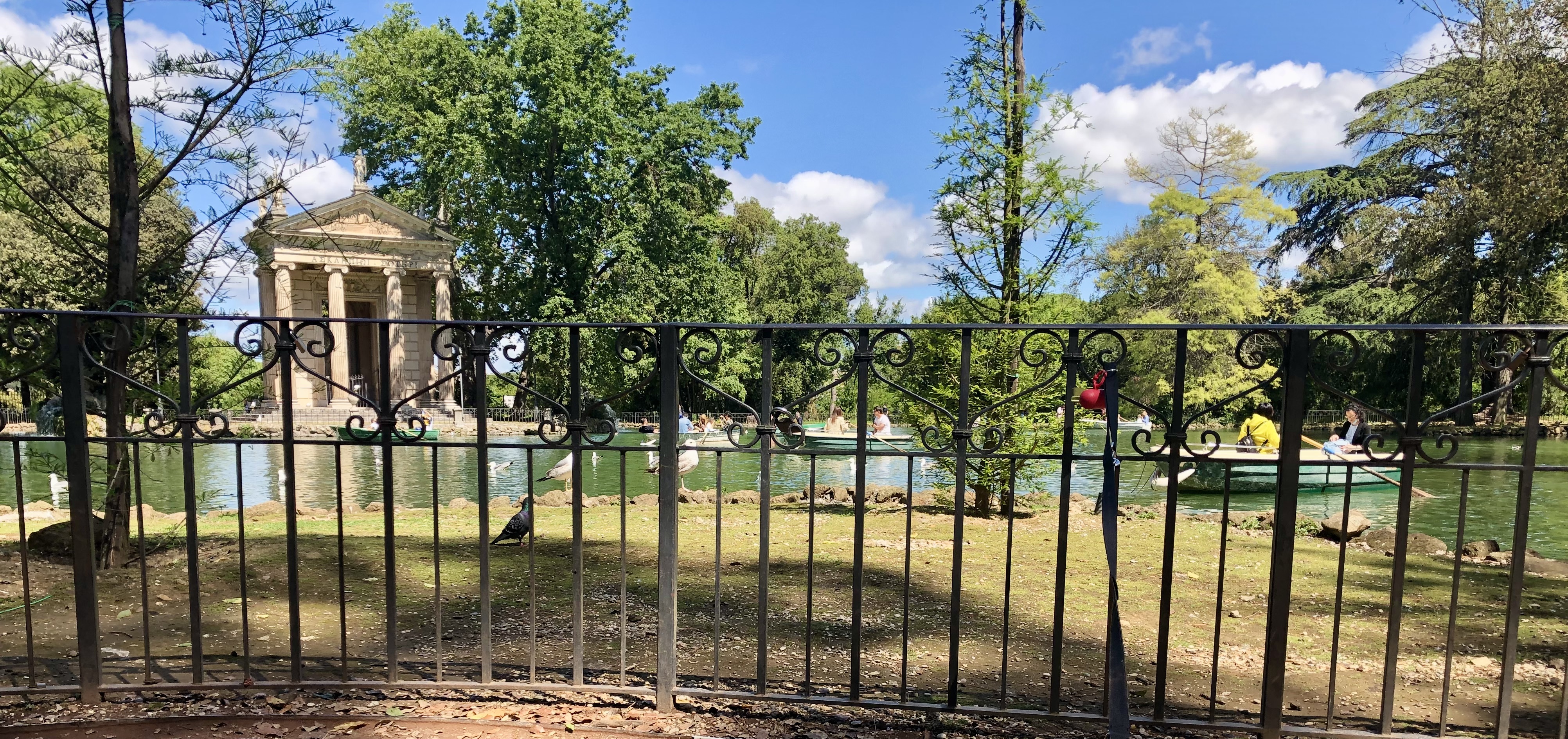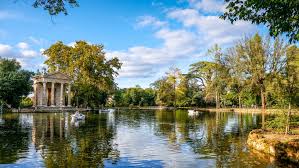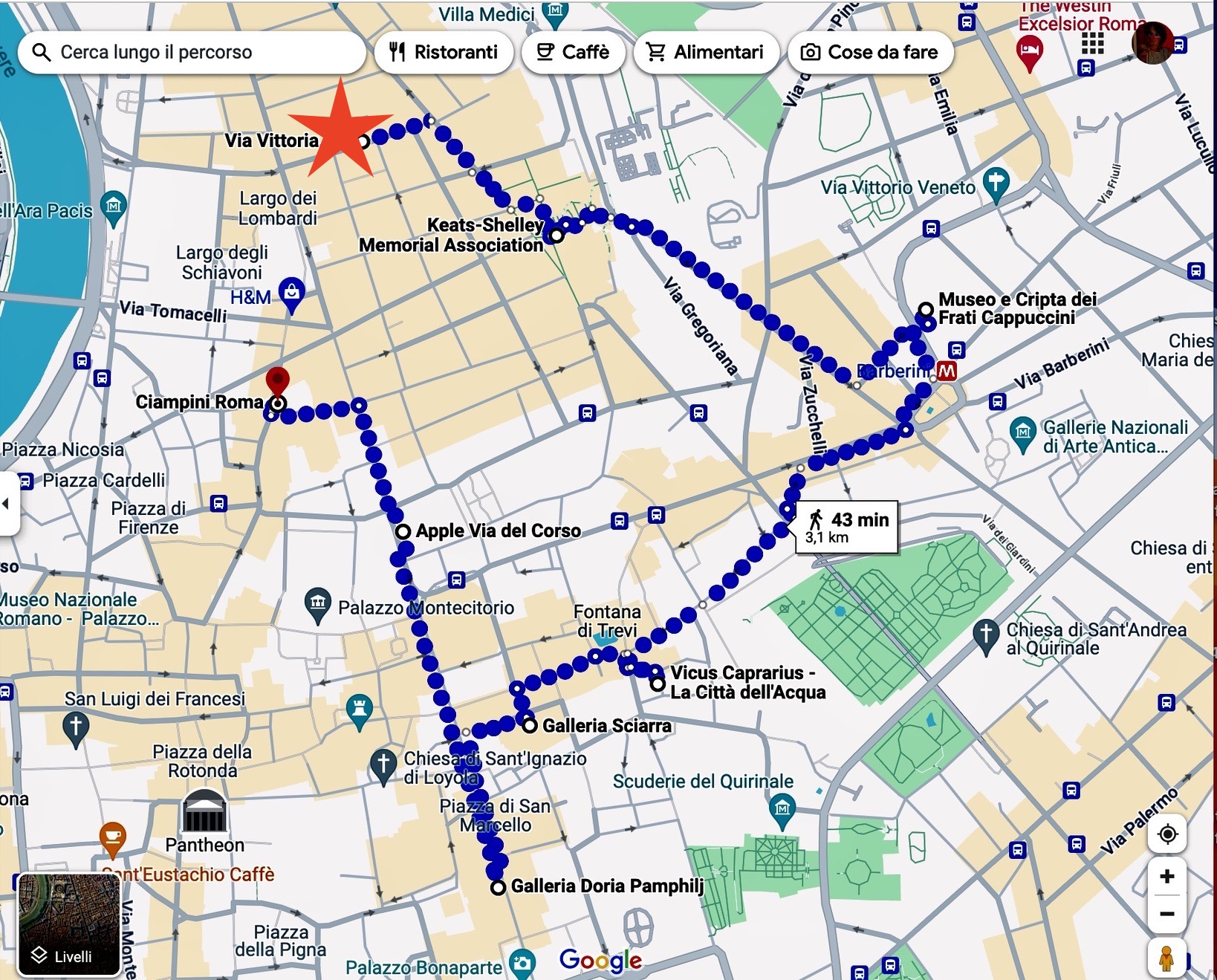Parks in Rome

The green spaces with its Parks in Rome are as integral to the city’s identity as its ancient ruins and Renaissance art. These parks, ranging from sprawling estates to intimate gardens, are not mere remnants of the city’s past but living, breathing spaces that reflect the dynamism of Rome and the lifestyle of its inhabitants.
Historical Roots and Social Competition
The origins of many of Rome’s parks are tied to the city’s aristocratic families and the Papal history of the Renaissance and Baroque periods when the city’s elite engaged in fierce competition to showcase their wealth, power, and taste through the creation of magnificent gardens and estates. These spaces were designed not just for leisure but as symbols of prestige and artistic patronage. Architects and artists were commissioned to create elaborate landscapes, adorned with sculptures, fountains, and exotic plants, setting the scene for opulent social gatherings.
As time passed, many of these private estates were acquired by the state and transformed into public parks. This transition marked a democratization of these spaces, making the beauty and tranquillity of these gardens available to all residents of Rome, not just the elite.
Major Parks and Their Significance
- Villa Borghese: It is not Rome’s largest park, but it is the most lived! Villa Borghese is a testament to the grandeur of the city’s aristocratic past. It is home to several museums, the most famous being the Galleria Borghese, with its collection of art and sculpture. The park’s Galoppatoio, a historic riding track, hosts an annual horse competition that draws spectators and participants from across the region, continuing the estate’s long association with equestrian sports. The Casa del Cinema offers a cultural retreat for film enthusiasts, showcasing Italian and international films in a picturesque setting.
- Villa Doria Pamphili: The largest landscaped public park in Rome, once the estate of the Pamphili family, offers extensive jogging paths, picturesque ponds, and Baroque statues. It’s a perfect example of how aristocratic competition for grandeur has gifted Rome with magnificent green spaces. Imagine 184 hectares!
- Casa del Jazz: Located in Via di Porta Ardeatina, the Casa del Jazz is a modern addition to Rome’s cultural scene, housed in a restored villa that was once owned by a prominent Mafia figure. Today, it serves as a hub for jazz music, offering concerts, workshops, and events that celebrate the genre’s rich history and vibrant present.
- Villa Celimontana: Nestled on the Caelian Hill, Villa Celimontana is smaller than Villa Borghese but no less charming. Known for its serene atmosphere and beautiful gardens, it used to host the Villa Celimontana Jazz Festival, making it a favourite spot for music lovers during the summer months and hope it will be restored.
- Park of the Aqueducts: This park is a remarkable blend of natural beauty and ancient engineering, featuring the majestic aqueducts that supplied water to ancient Rome. It’s a popular spot for jogging, picnics, and simply marvelling at the ingenuity of Roman engineering.
- Orto Botanico: The Botanical Garden, or Orto Botanico, is a hidden gem located in the Trastevere district. Part of the Sapienza University of Rome, it features a diverse collection of plants and tranquil paths, offering a peaceful escape from the city’s bustle. But on this Park, I will spend a more specific article since it deserves more attention.

The Parks in Roman Life
For Romans, these parks are not just historical sites but active, lived-in spaces that play a vital role in daily life. They are venues for cultural events, from open-air cinema and jazz concerts to art exhibitions and educational activities. Families, friends, and individuals use these spaces for recreation, leisure, and socializing, taking advantage of the playgrounds, jogging trails, and open spaces for picnics and gatherings.
The parks of Rome illustrate the city’s unique blend of history and modernity, serving as green oases where culture, leisure, and nature intertwine. Through their evolving use and the variety of activities they host, these parks demonstrate the dynamic relationship between Rome’s past and present, offering both residents and visitors a rich, immersive experience of the Eternal City’s vibrant public life.





